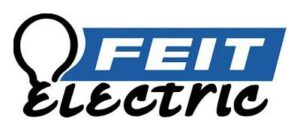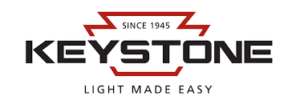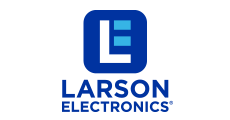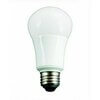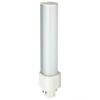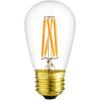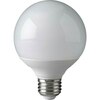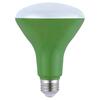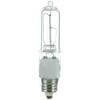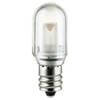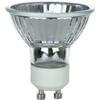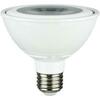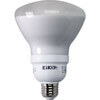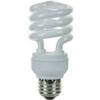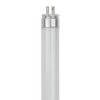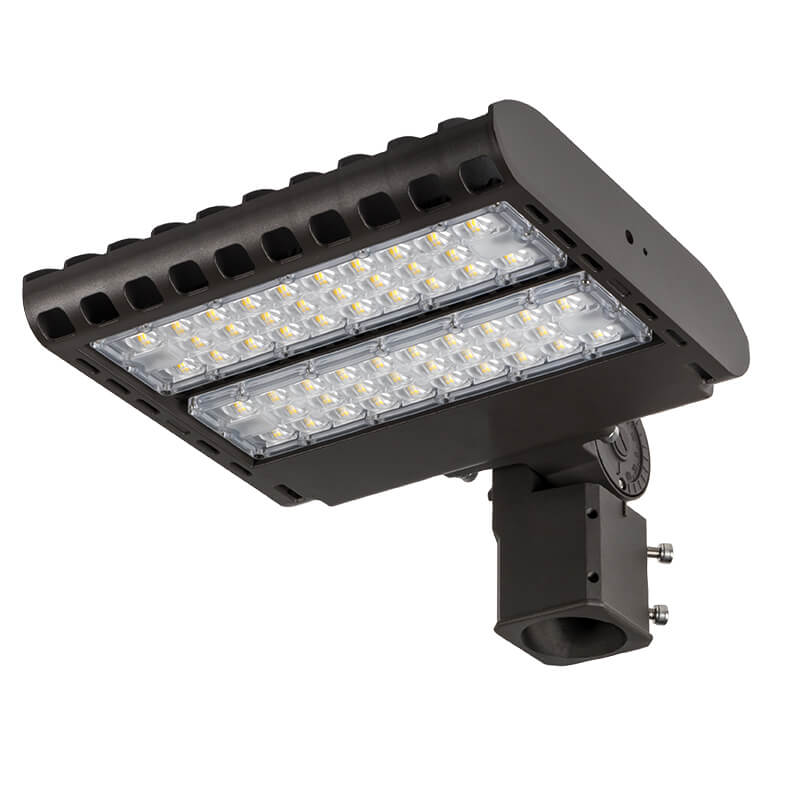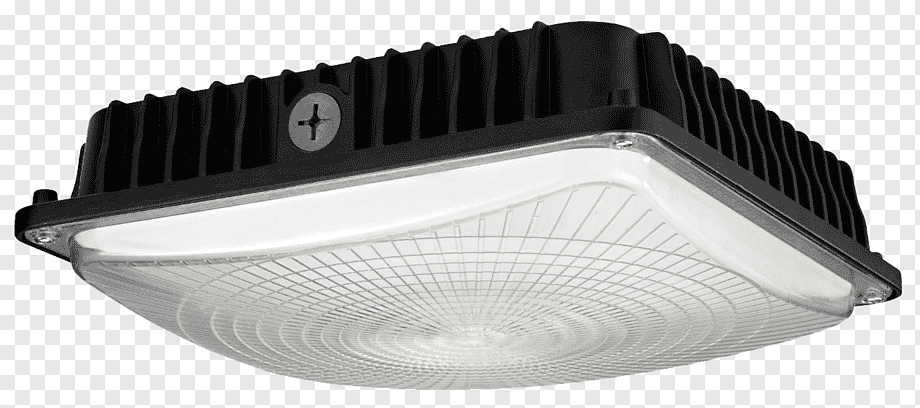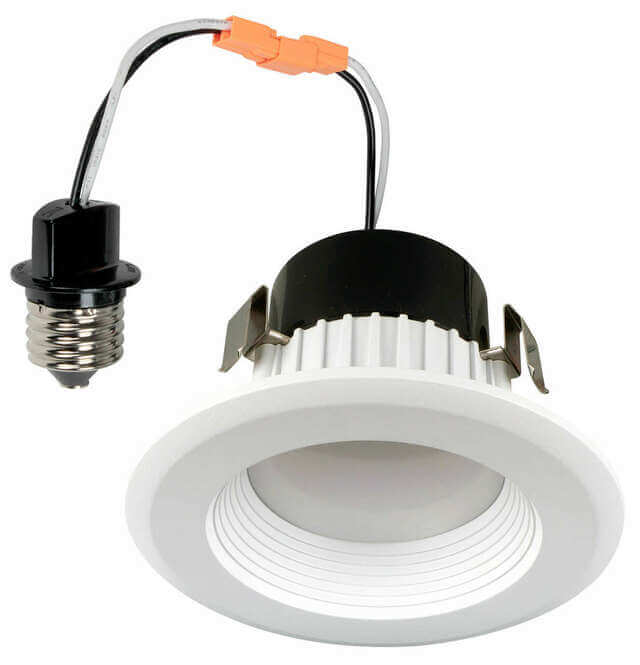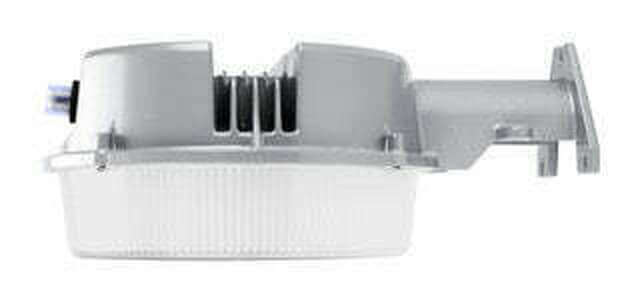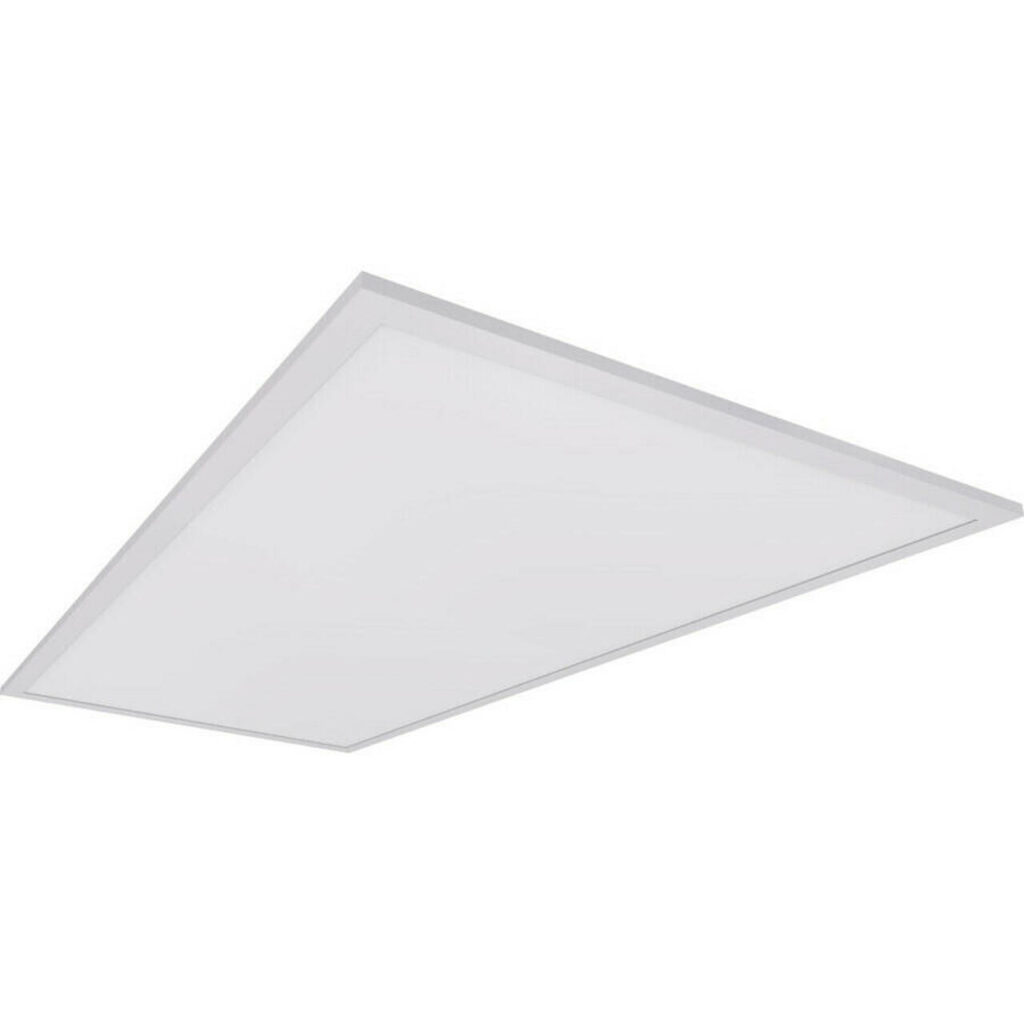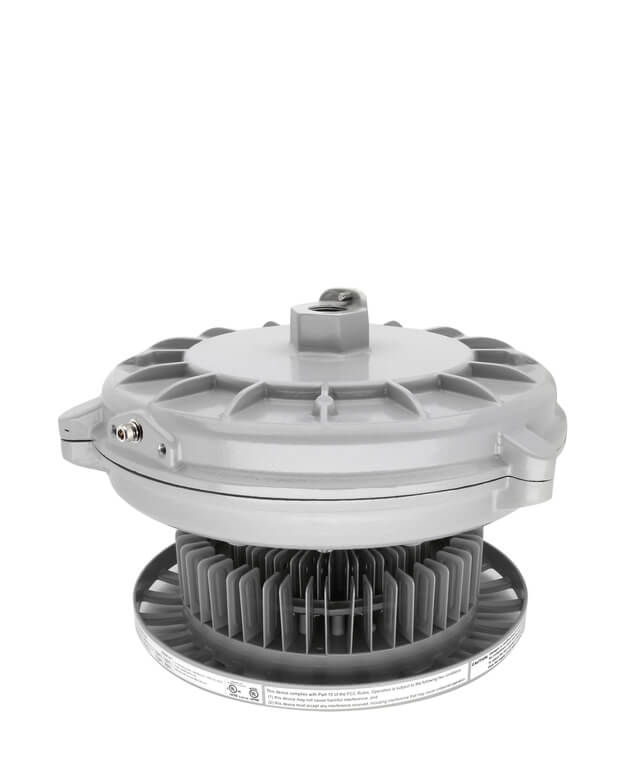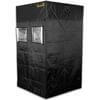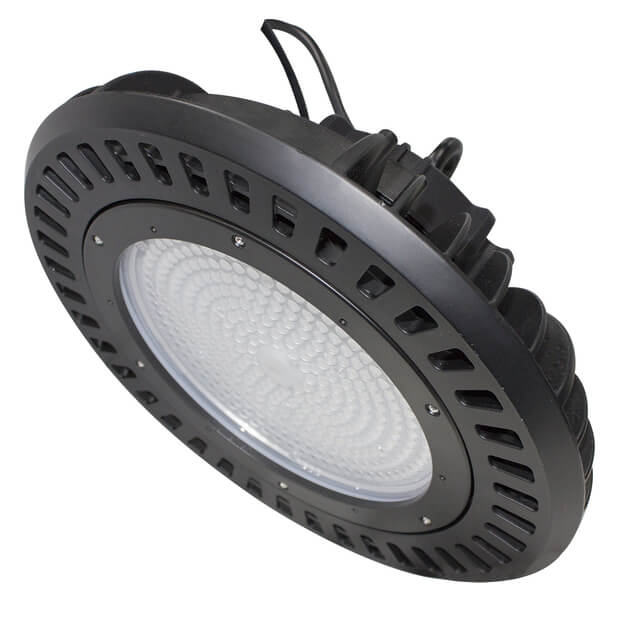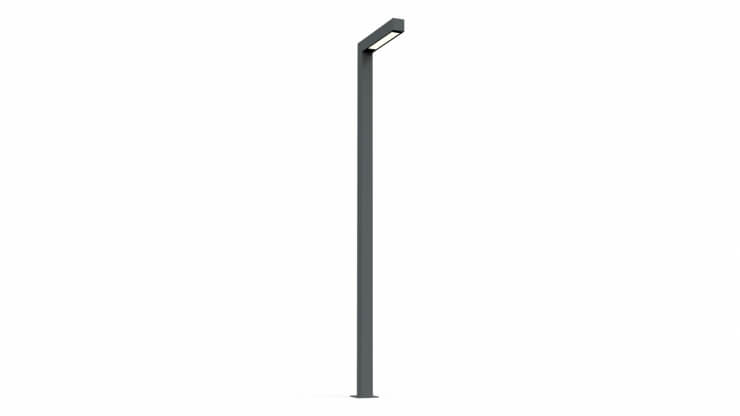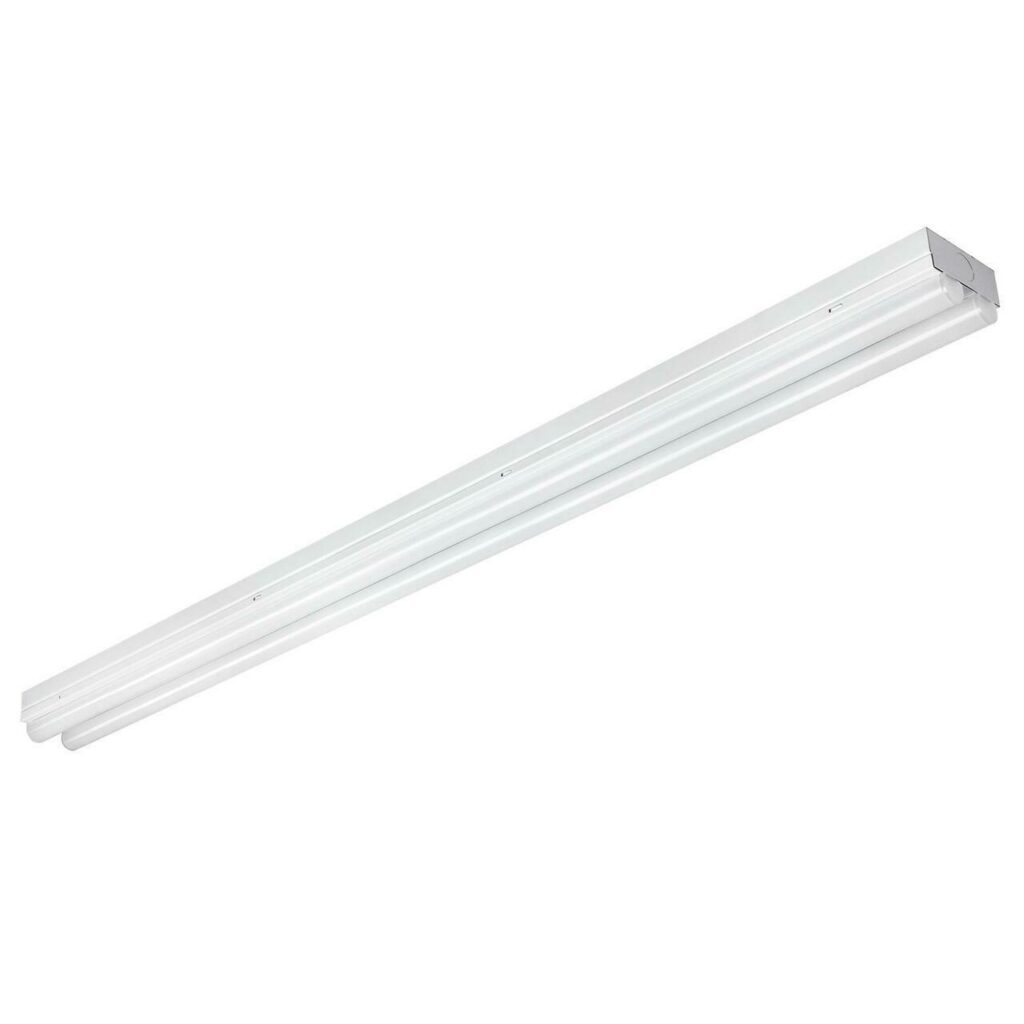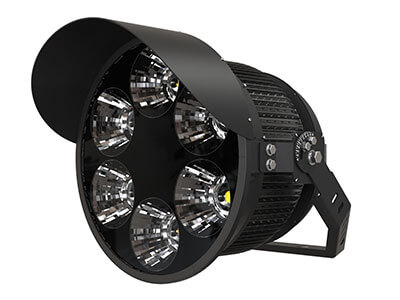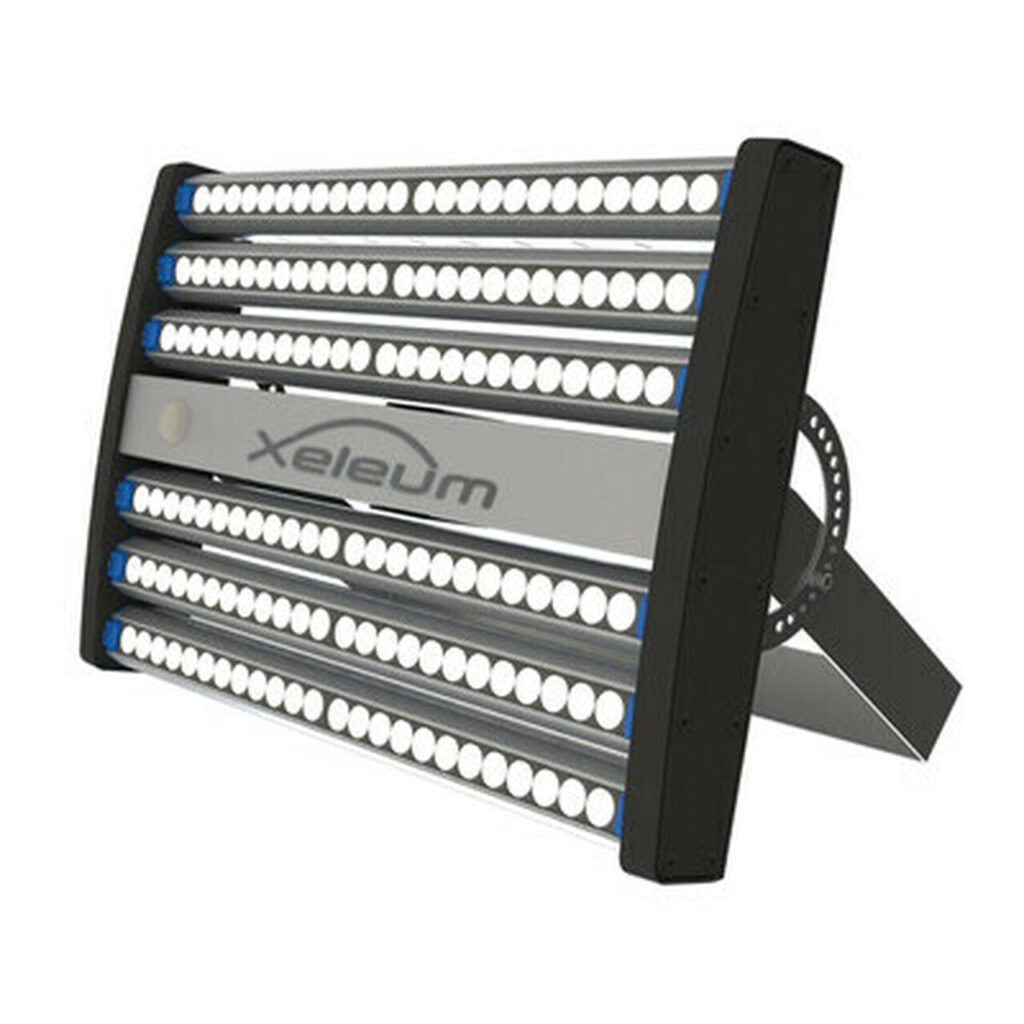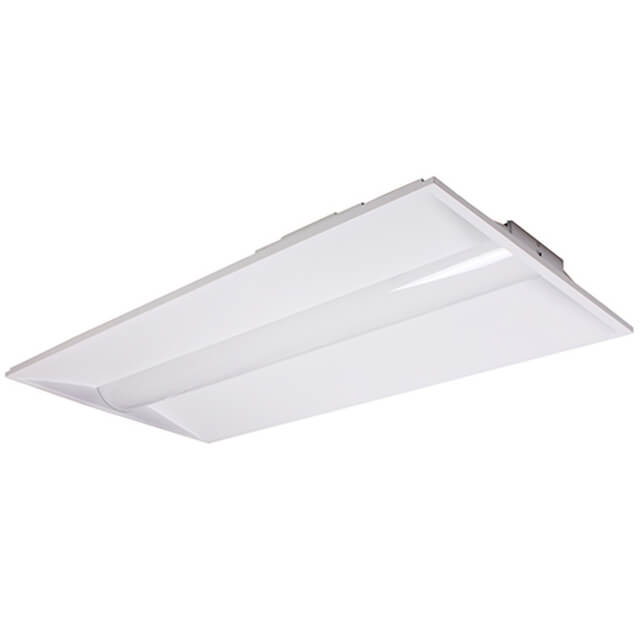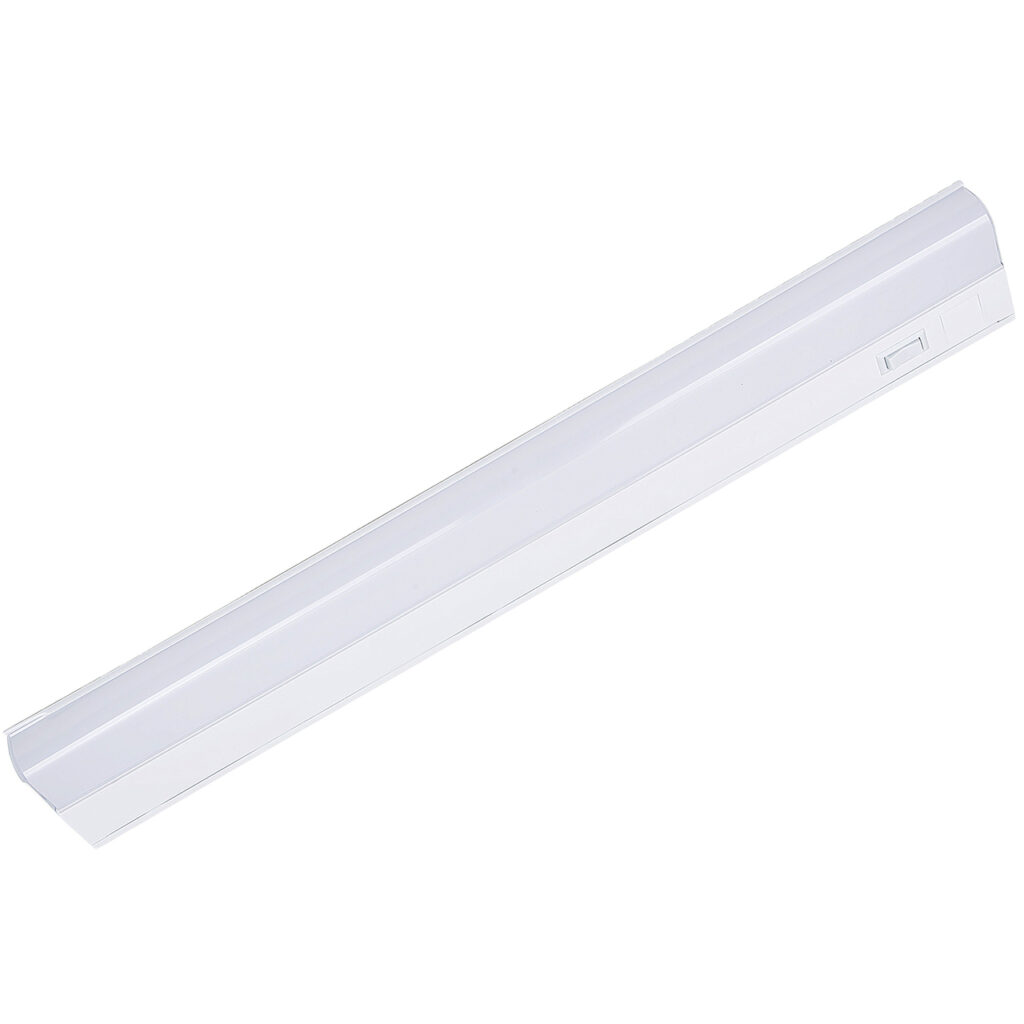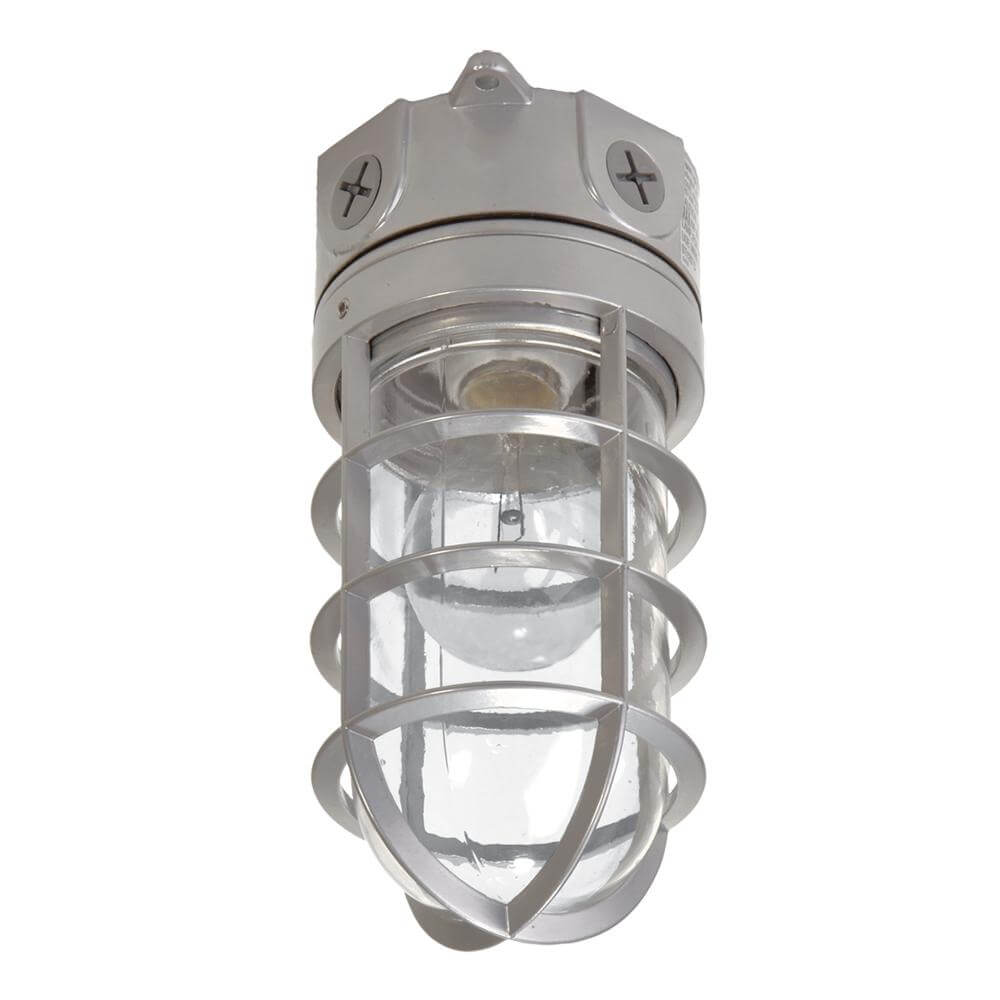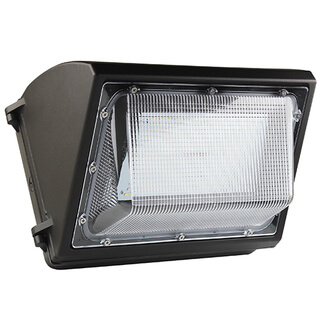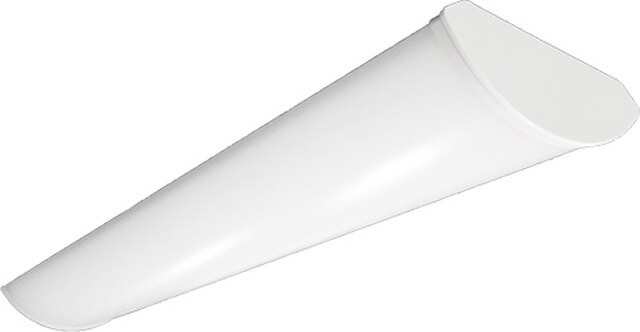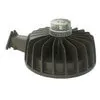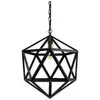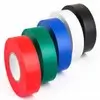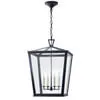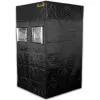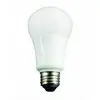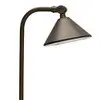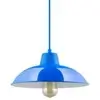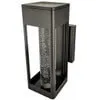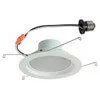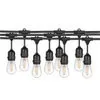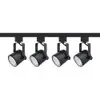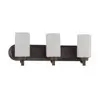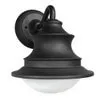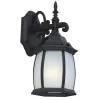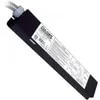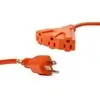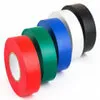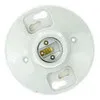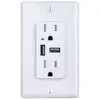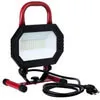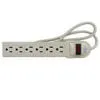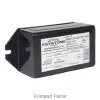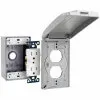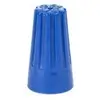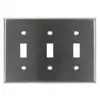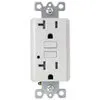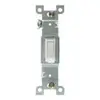The HVAC technician who services your home or office building can suggest that you install ultraviolet (UV) lights within your system. What is the purpose of this inquiry? Certain UV lights can help to minimize or eliminate microorganisms from circulating in your home or office’s ductwork. Ultraviolet light waves have a wavelength range of 0 to 400 nanometers. Nanometers, or billionths of a meter, are denoted by the letter nm. The human eye cannot see this spectrum because it is optically invisible. This article delves into the details of how unique UV lights can help disinfect an HVAC system.
UV Light Safety Warning that You Should Not Ignore
We’ve all heard the warnings about too much sun exposure, as well as too much UVA or UVB exposure, can lead to skin damage and, in some cases, skin cancer. UV-C, which is used in HVAC systems, is toxic to the skin and eyes when exposed directly. Since eye loss can be serious and even permanent, it’s important to have a qualified technician handle and install the device. A qualified professional should take the appropriate precautions during installation to ensure that no UV-C light reaches the occupants’ eyes.
The first line of protection against the spread of microbes inside your HVAC system is proper air filtration. UV lights can be very effective at destroying viruses, mold, and bacteria under the right conditions and with proper installation. When the two of them work together, your home or workplace will become a much healthier environment.
Viruses and bacteria in the HVAC system are a health risk, according to scientific evidence. Contamination in HVAC units is a common problem that should not be overlooked. However, only such UV lights can be used to purify the air. UVGi (ultraviolet germicidal light) can aid in the elimination of a wide range of bacteria and viruses. UVGi resides in the UV-C spectrum, which is the most powerful wavelength spectrum for germicidal efficacy.
How UV Lights can Increase the Air Quality in your Home
If UV lights are mounted correctly, and the appropriate spectrum of UV light is used, they will greatly improve the air quality in your home. It is the responsibility of the homeowner to ensure that the conditions are suitable and that a trained HVAC technician carries out the installation. When installing a UVGi device, a professional with experience must keep a variety of considerations in mind. The number and location of UVGi lamps and the temperature and humidity levels in the household have a significant impact on effectiveness.
In conclusion, we have coil sterilization and air sterilization of HVAC. Air sterilization, which is also known as an In-duct UVC method, makes use of the UV-C light to clean air as it circulates into return ducts. While, in coil sterilization, UV-C lamps are mostly used to target sensitive components like cooling coils, condensation pans, as well as filters. This ensures that microbial growth can then be targeted into unreachable areas like grooves, fins, and edges.


